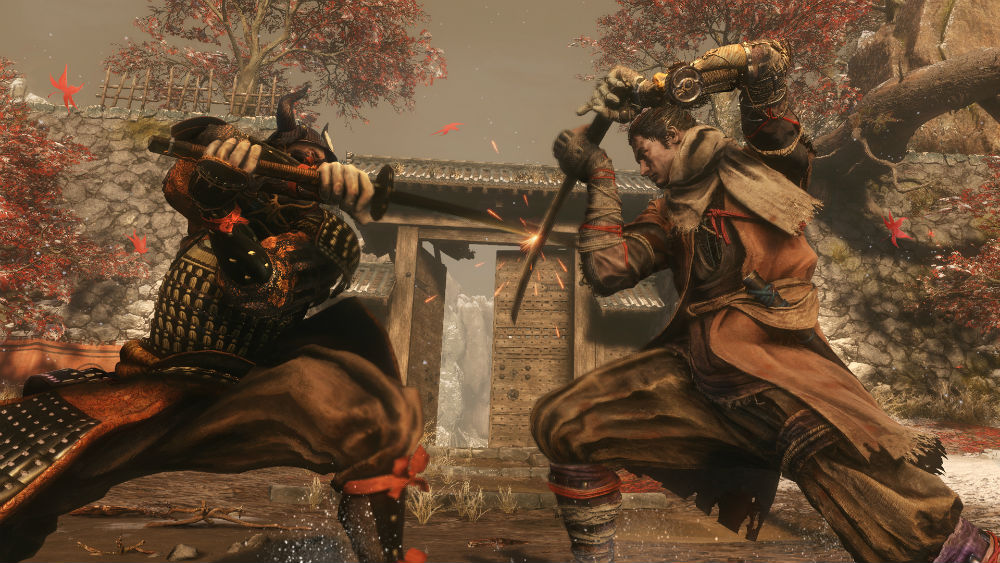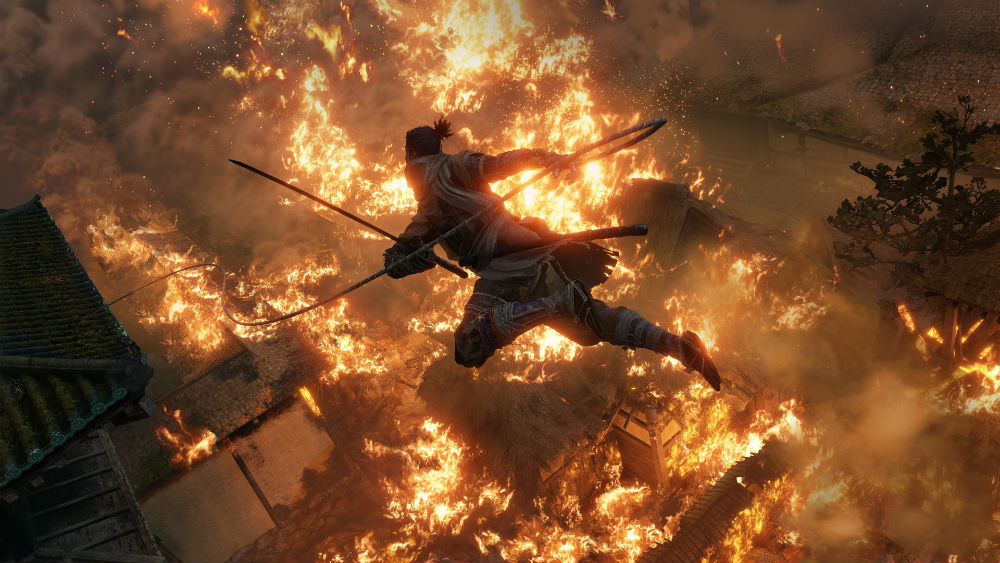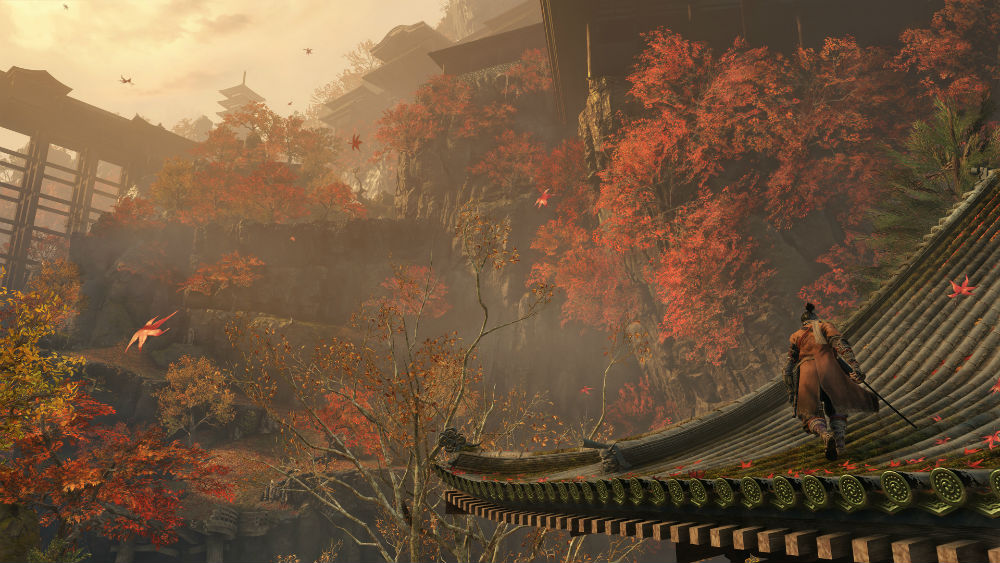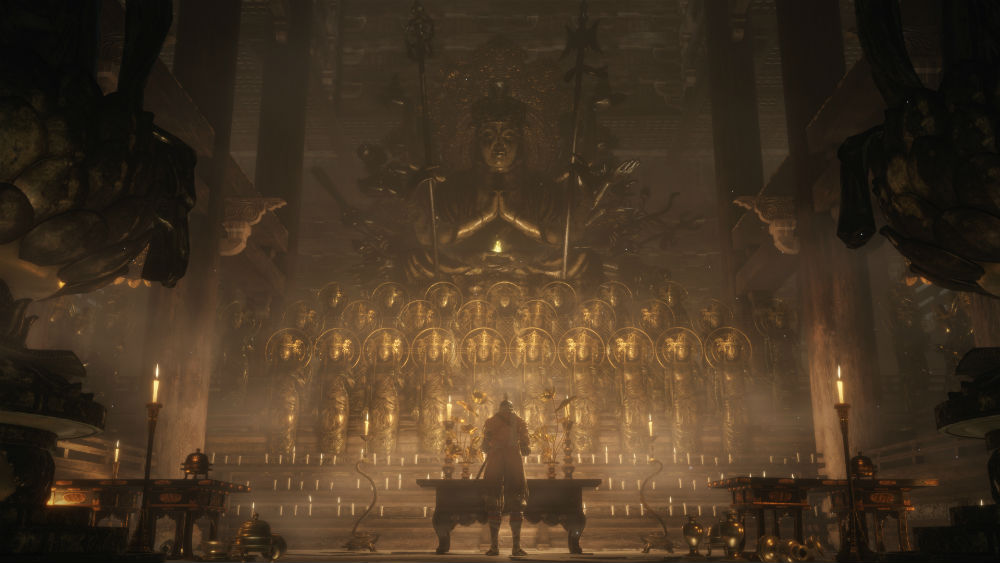When Sekiro: Shadows Die Twice dropped on March 22 from developer FromSoftware and publishers Activision, all anybody knew what to expect was a major challenge set with the backdrop of a re-imagined late 16th century Sengoku period Japan.
Gamers here take on the role of a shinobi known as Wolf, who's left for dead by a samurai who kidnaps his young lord, before being brought back to the land of the living with an artificial left arm in place of the one your adversary sliced clean off. It all sounds, and indeed feels very fantastical, and it would be hard to argue against that being one of the primary aims of creators.
The world they have built is an utterly breathtaking one. Stunning scenery combines with enveloping sound and enigmatic characters, resulting in a universe that you simply cannot wait to be a part of again whenever you put the controller down.
You will die. Countless times. Over and over. Enemies you have slain will re-emerge with every use of a save point - represented in-game by Sculptor's Idols. You will grow frustrated, but you will train your muscle memory to within an inch of its limits. Battles that will at first seem impossible to get through will at some point, for those who stick with the title, become a breeze. And that's just in relation to your average enemy.
Bosses will push you to the very edge. There will be moments at which you think you've got the upper hand, only for a sword to come crashing down, sending you right back to the start of the momentous confrontation. There is simply no way to prepare for these battles. Walkthroughs are all very well and good, but first-hand experience is what you need to succeed in Sekiro.


Whilst sword-fighting is of course at the heart of the fighting you'll engage in, the multi-functional artificial arm you're gifted with after the introductory mission will pick up new skills and abilities as you progress. It's up to you which of these talents you use in big bust-ups, but they can often mean the difference between life and death. They also allow for much versatility in what could have been a very straight-forward, but boring combat system.
One of the most delicate things to navigate in this world however, is the death of your character. Upon resting at an Idol, you'll be given the power of resurrection. This means that if you're taken out by a boss, you will be allowed to come back from the death if you so choose to tackle them once more. This comes in very handy when you're extremely close to wiping out an enemy. If you do choose to use your resurrection however, and then die another time, you risk NPCs throughout your world suffering from a disease called Dragon Rot. This reduces your chance to trigger Unseen Aid (giving you penalty-free deaths based), which starts at the maximum of 30%, but can drop to the minimum of 5%. Sometimes, it's better to take your currency and collected experience being halved in exchange for a death, rather than using up your resurrection and risking Dragon Rot exposure.
There may now be players running through the entire game without being hit a single time, but don't let this lure you into a false sense of security. This is without a double one of the most difficult titles you'll ever get to grips with, featuring a stern learning curve that will force newcomers to pick up new skills, and those familiar with the Dark Souls series to completely re-adapt.
Never quite allowing you to rid yourself of the tension and suspense that surrounds each battle, FromSoftware have done a brilliant job of offering up yet another game packed full of pressure and intensity. Hopefully, this is a brand new universe that will offer up more experiences for players in the future.


Sekiro: Shadows Die Twice is available now on PlayStation 4, Xbox One and PC. A copy of the game was given to Female First on PS4 in exchange for a fair and honest review.

